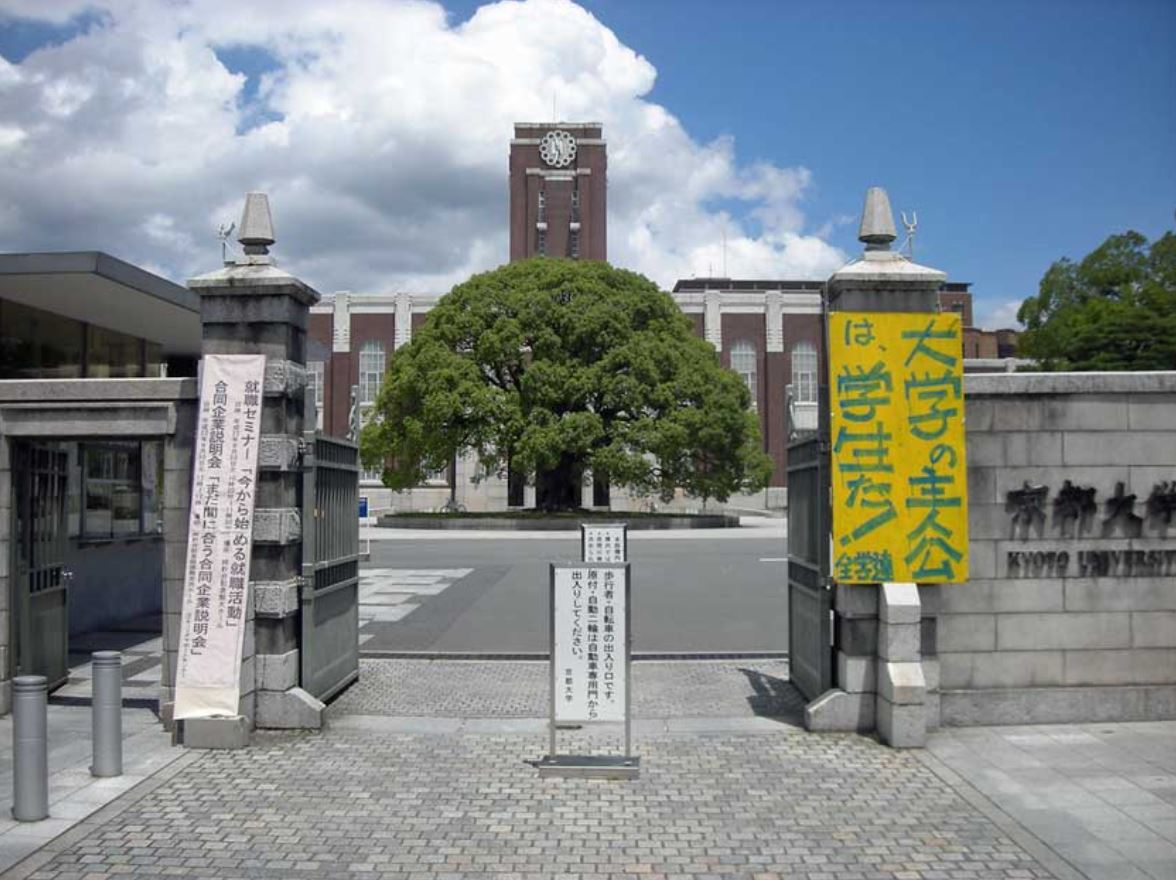 Wood has always been a favorite in construction, thanks to its beauty and versatility. Recently, it’s made a comeback in modern architecture, primarily for its eco-friendly benefits. But let’s face it, wood has its weaknesses—especially when it comes to handling moisture and sunlight, which can be a real headache for outdoor structures. While traditional coatings offer some protection, they’re just a temporary fix. Once you notice damage, it’s often too late to stop the deterioration.
Wood has always been a favorite in construction, thanks to its beauty and versatility. Recently, it’s made a comeback in modern architecture, primarily for its eco-friendly benefits. But let’s face it, wood has its weaknesses—especially when it comes to handling moisture and sunlight, which can be a real headache for outdoor structures. While traditional coatings offer some protection, they’re just a temporary fix. Once you notice damage, it’s often too late to stop the deterioration.
That’s where researchers at Kyoto University come in, with a game-changing approach that could redefine how we maintain wooden structures. By monitoring degradation invisibly, they aim to extend the lifespan of wood and boost sustainability in the building industry. As Yoshikuni Teramoto, the lead author, puts it, “If we can ‘see’ what the eye cannot, we can extend the life of wooden structures and improve sustainability in the building industry.”
Professor Teramoto and his team have developed an innovative technique that combines mid-infrared spectroscopy with machine learning. This powerful duo can detect changes in coatings long before any physical damage appears, allowing us to track even the slightest transformations. Teramoto notes, “We were surprised to find that very subtle chemical changes—far too small to detect visually—could be captured by infrared spectroscopy and predicted by the model.”
At the heart of their analysis is partial least squares (PLS), a statistical method that helps create predictive models from infrared spectral data. They also used a genetic algorithm to pinpoint the most telling infrared signals related to coating wear, which boosts both accuracy and understanding.
In their research, they didn’t just stick to standard coatings. The team also experimented with cellulose nanofiber (CNF), a plant-based material known for enhancing durability and resistance. By comparing weathered samples with and without CNF, they proved the effectiveness of their monitoring technique across various formulations.
This method provides a non-invasive, automated way to assess the condition of wood coatings. It reduces the need for human visual inspections and allows for timely interventions. But here’s the kicker: this method isn’t limited to wood. The research team believes their diagnostic approach can be applied to other materials like concrete and metal, broadening its utility in infrastructure maintenance.
Their work is a remarkable blend of traditional materials and modern data science, all with the aim of protecting structures and promoting sustainable construction practices. Teramoto hopes this technology will help bridge the gap between traditional craftsmanship and modern data science. Their findings have been published in Advanced Sustainable Systems.








